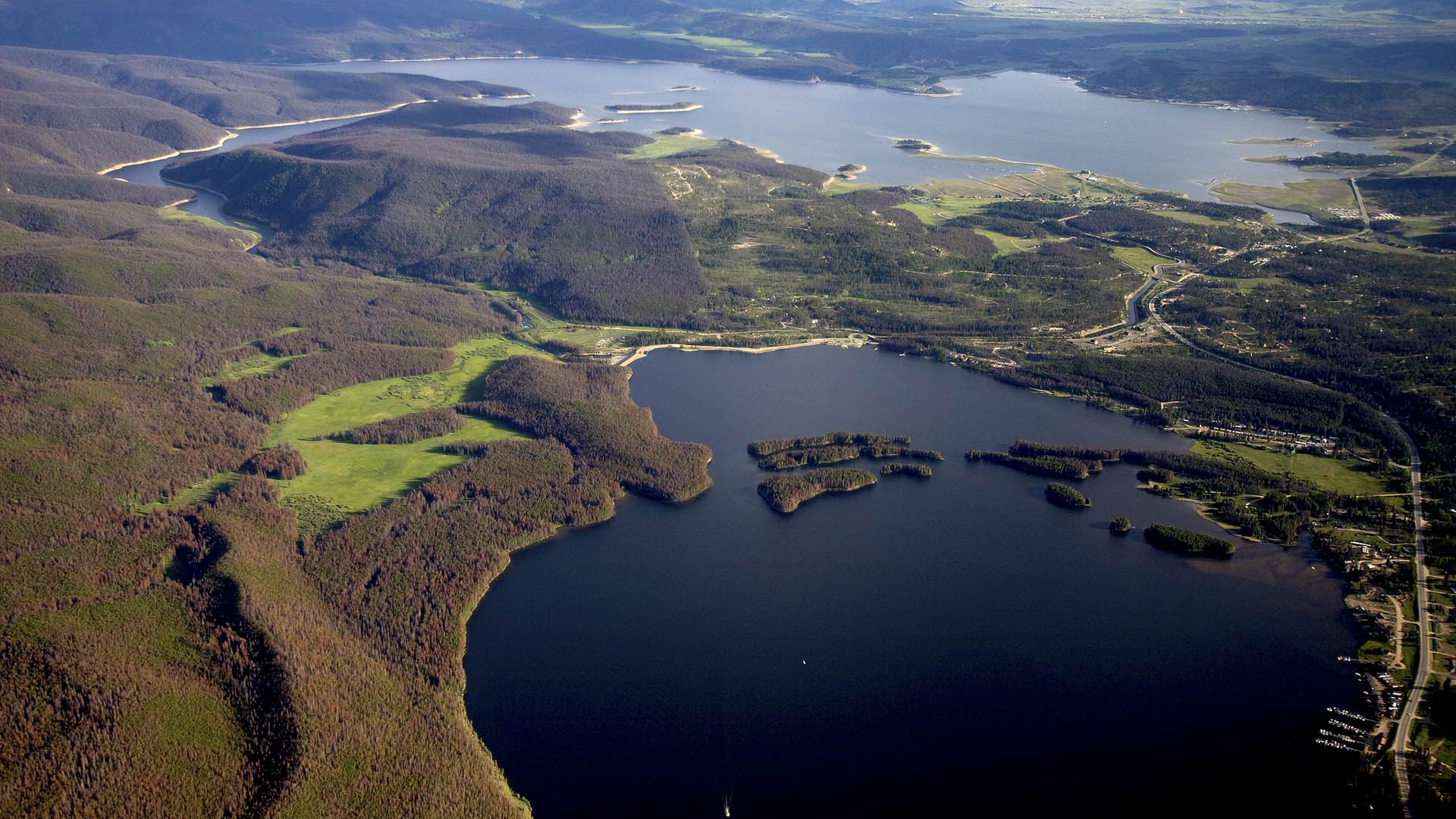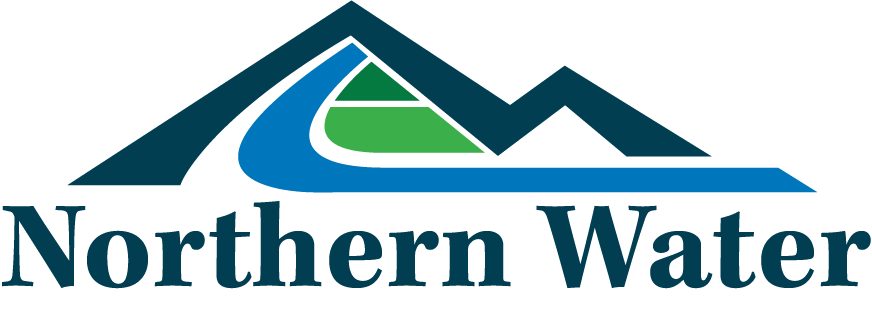Source Water Protection
Protecting Our Source Waters
More than one million Northeastern Colorado residents rely on the Colorado-Big Thompson and Windy Gap projects for drinking water. Northern Water has a responsibility to provide high-quality water to those we serve, while also being good environmental stewards to protect water quality and the watersheds in which we operate.
To fulfill these responsibilities, we are launching a Source Water Protection program, a pro-active approach to prevent pollution of our water sources. Additional benefits may include:
- Financial - Preventing pollution is often less expensive than the costs of cleaning up contamination events or treating a degraded water supply.
- Environmental - Healthy watersheds can help to reduce the impacts of floods, fire and erosion.
- Social - A perception of poor water quality may discourage businesses and individuals from living or working in a community.

As we develop our strategic Source Water Protection program, we will continue to:
- Maintain partnerships with stakeholders to support forest health projects such as wildfire mitigation.
- Support aquatic nuisance species prevention programs in Grand and Larimer counties.
- Respond quickly to contaminant events such as natural disasters or HAZMAT spills near waterways.
New Source Water Protection Program Underway
We are embarking on a new source water protection program to safeguard the high-quality water that comes from the watersheds that supply water to the Colorado-Big Thompson (C-BT) and Windy Gap projects, as well as the Northern Integrated Supply Project, and to reduce the risk of contamination of our water sources. Our source water program includes an initial planning phase, and we have begun the process of developing a strategic source water protection plan (SWPP) to help guide our efforts.
By developing a SWPP, we will be part of a state and nationwide effort to protect water sources from the ground up. At the state level, Colorado’s Source Water Assessment and Protection (SWAP) Program is a voluntary program designed to help public water systems take preventative measures to keep their sources of drinking water free from potential contaminants. The SWAP program came about due to the 1996 Safe Drinking Water Act amendments.
The typical development of a SWPP involves identifying a source water protection area(s), creating an inventory of potential contaminants to the water sources, and subsequently developing best management practices to help mitigate those potential contaminants. We anticipate that the SWPP development and process will span a few years and are currently kicking off the first phase with outreach to key constituents. Following the completion of our SWPP, we will move into the implementation phase which will involve execution of the BMPs identified in our SWPP.
We will be communicating with various stakeholders throughout the process and providing periodic updates of the plan throughout various channels. Once the SWPP is finalized, it will be made available to the public via our website.
If you have any questions or comments about this process, please contact Kimberly Tekavec, Source Water Protection Specialist.
Source Water Protection Program Areas
Source Water Protection in Colorado
The U.S. Environmental Protection Agency’s (EPA) Safe Drinking Water Act was established in 1974 to protect public health by regulating public drinking water supplies. In 1996 the U.S. Congress amended the law, mandating that each state develop a Source Water Assessment program. In response, the Colorado Department of Public Health and Environment developed a non-regulatory Source Water Assessment and Protection (SWAP) program.
The focus of Colorado’s nonregulatory SWAP program is stakeholder involvement, public education and community awareness. The iterative, two-phase program includes:
- Assessment - Determine drinking water sources for each public water system, identify potential contaminants and the susceptibility of the water sources to potential contamination. Assessment reports almost all public water systems in Colorado were released in 2004.
- Protection - Develop and implement source water protection plans for every public water system in Colorado. Components of a SWAP include: delineating a source water protection area; creating an inventory of potential contaminant sources; and reducing pollution risks with best management practices. Developing a SWAP is voluntary and should be done at the local level.
